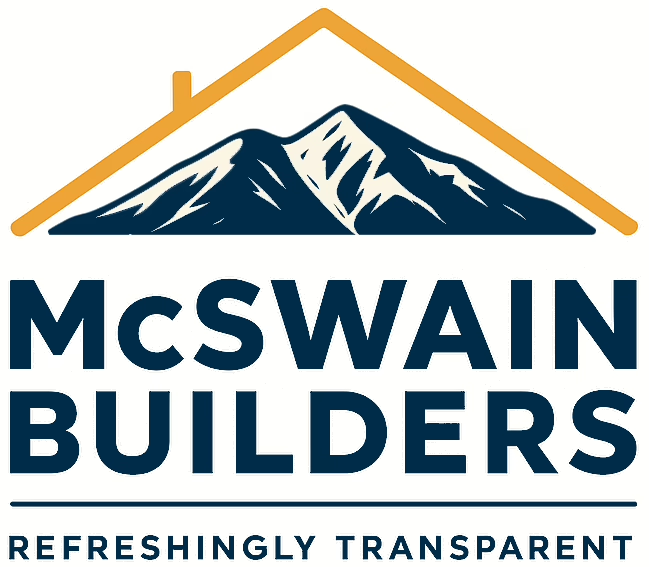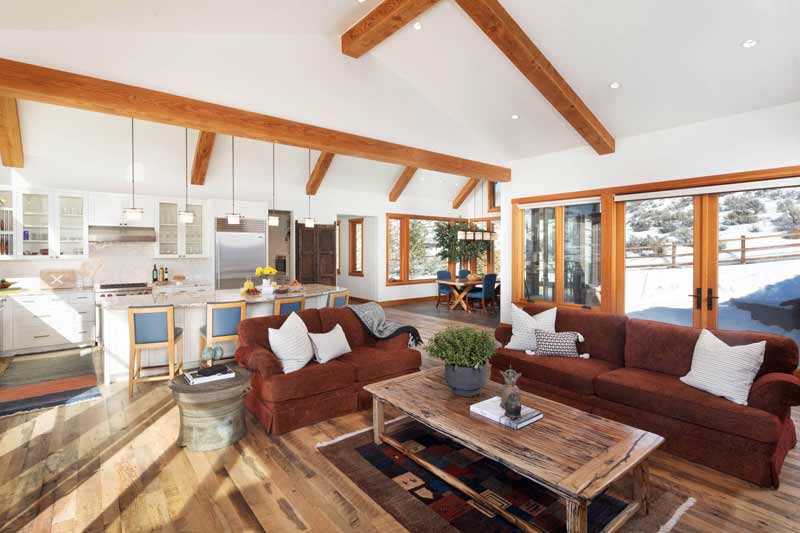When planning a home addition, maintaining the existing style and aesthetic of your home is essential to ensure a cohesive and harmonious appearance. Whether you’re expanding your living space, adding a new room, or creating a separate structure, careful consideration of design elements and materials can help you match or complement your current home style. In this article, we will explore practical tips to help you seamlessly integrate your home addition with the existing architectural style.
Study Your Home’s Existing Style
Begin by thoroughly studying your home’s existing style. Pay attention to architectural features, such as rooflines, window styles, materials, and exterior finishes. Consider the overall design theme, whether it’s modern, traditional, farmhouse, colonial, or any other specific style.
Understanding the key elements of your home’s style will serve as a foundation for the design choices you make for your addition. Take note of the proportions, colors, and textures that define your home’s aesthetic.
Hire an Experienced Architect or Designer
Engaging the services of an experienced architect or designer is crucial when planning a home addition that matches or complements your current style. They will have the expertise to assess your existing home and propose design options that seamlessly integrate with its architectural character.
Work closely with the architect or designer to communicate your goals and vision for the addition. Provide them with reference images and examples of the specific design elements you want to incorporate from your existing home.
Pay Attention to Exterior Materials and Finishes
One of the most effective ways to match or complement your home style is by using similar exterior materials and finishes. Consider using the same siding material, brick, stone, or stucco as your current home. This will create a visual connection between the original structure and the addition.
If an exact match is not possible due to availability or budget constraints, select materials that closely resemble those used in your home. Aim for a cohesive color palette and textures that blend well with the existing exterior.
Respect Proportions and Scale
Maintaining proportions and scale is crucial for a successful home addition. Study the size and dimensions of your existing home’s windows, doors, and architectural features. Ensure that the new addition’s windows, doors, and overall massing are proportionate to the original structure.
Be cautious not to overpower or overshadow the existing home with the addition. Strive for a balanced and harmonious appearance by aligning heights, rooflines, and setbacks with the original structure.
Blend Interior Design Elements
Matching or complementing your current home style should extend to the interior of your addition as well. Continuity in design elements will create a seamless transition between the existing space and the new addition.
Consider the interior finishes, such as flooring, cabinetry, trim, and lighting fixtures. Select materials, colors, and styles that are in harmony with the existing home. Consistency in design choices will create a cohesive flow throughout the entire property.
Incorporate Architectural Details
To further enhance the integration of your home addition, incorporate architectural details that mimic or complement those of your existing home. For example, if your current home has decorative moldings, columns, or trim work, incorporate similar elements into the design of your addition.
Carefully consider the specific architectural details that define your home’s style and incorporate them thoughtfully into the new space. This attention to detail will reinforce the connection between the existing home and the addition.
Seek Professional Guidance
When in doubt, seek professional guidance from architects, designers, or contractors who specialize in home additions and renovations. They can provide valuable insight and creative solutions to match or complement your current home style.
Additionally, consulting with local building authorities or preservation societies can provide guidance on maintaining the architectural integrity and complying with any specific regulations or guidelines for your area.
***
Building a home addition is an exciting opportunity to expand your living space and enhance the functionality of your home. To ensure a cohesive and visually pleasing result, it is crucial to match or complement your current home style. By following these practical tips, you can seamlessly integrate your home addition with the existing architectural character:
- Study your home’s existing style to understand its key elements and design theme.
- Hire an experienced architect or designer who can propose design options that align with your home’s style.
- Pay attention to exterior materials and finishes, aiming for a visual connection between the existing home and the addition.
- Respect proportions and scale to maintain balance and harmony between the structures.
- Blend interior design elements, such as flooring, cabinetry, and lighting fixtures, to create a cohesive flow.
- Incorporate architectural details that mimic or complement those of your existing home.
- Seek professional guidance from experts in home additions and consult local building authorities or preservation societies, if necessary.
Remember, the goal is to create a seamless transition between the original structure and the new addition. By carefully considering your home’s existing style and making thoughtful design choices, you can achieve a harmonious and visually appealing result. Enjoy the process of expanding and enhancing your home while preserving its unique character and charm.

